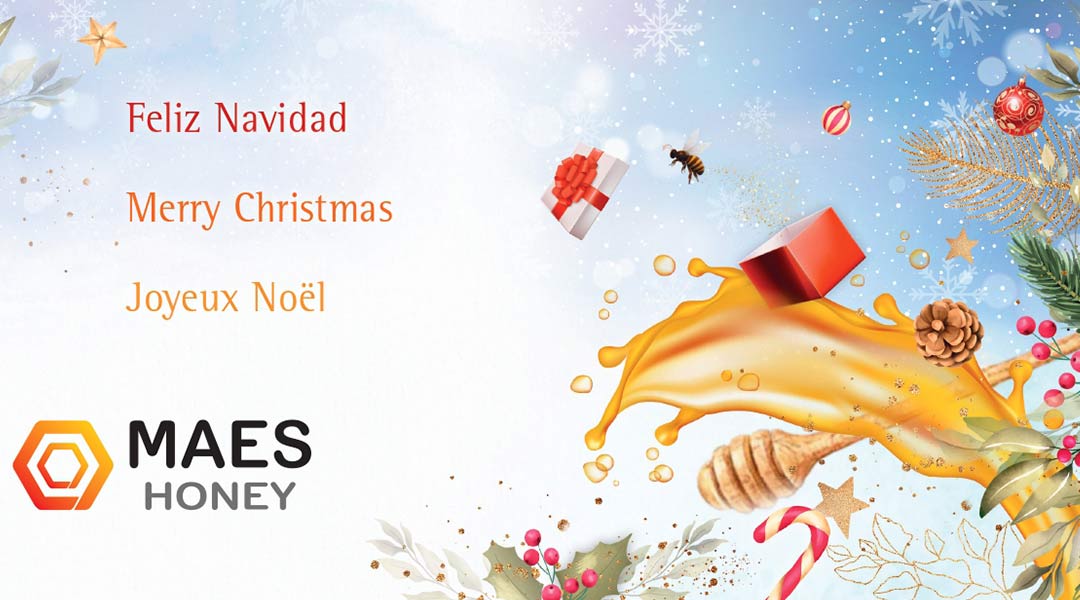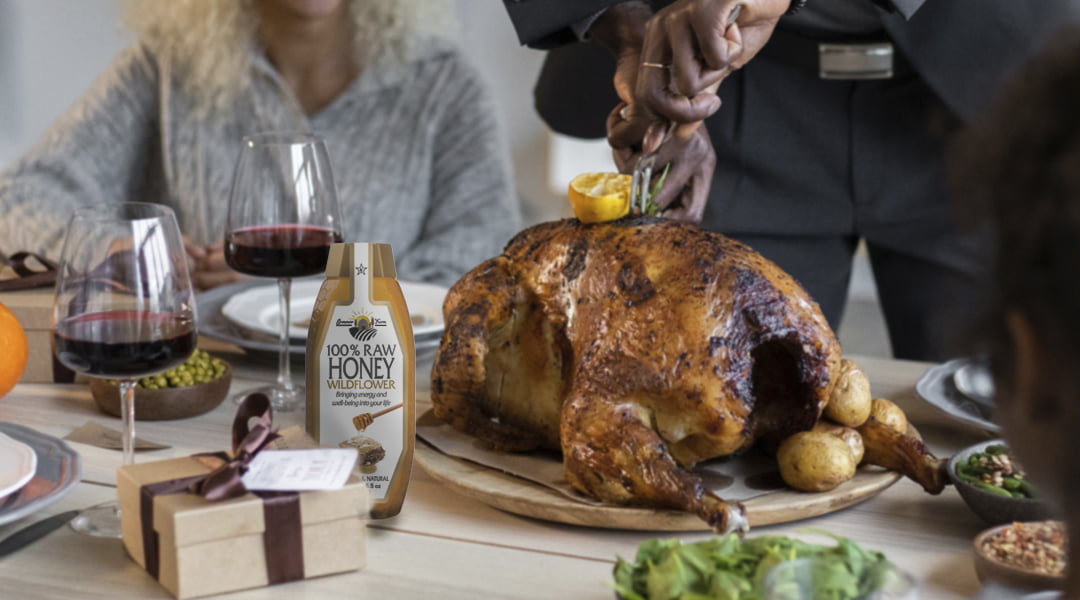In this post, we want to show you from Maes Honey what it is like to import honey from the hive to your home.
Beekeeping is an art that requires a lot of patience, care and respect for bees, something key to ensuring their subsistence and, therefore, that of honey.
A meticulous process that originates in the field, among thousands of flowers, so that consumers finally open the jar of honey comfortably enjoying this delicious product, ensuring perfect honey.
Collecting nectar
When the bees begin their adult life, that is, 21 days after their birth, they are capable of collecting nectar. It is at that moment when their endless trips begin, around the place where their hive is located. This can be the pasture, a forest, undergrowth, countryside, etc.
The purpose of these routes is to carry out the foraging or extraction of nectar from the flowers that live in the environment or radius of the hive. They can be an infinite number of species, although it is usually common for one to stand out in proportion over another.
Beekeepers usually place the hives close to the flower that they want the bees to forage. If they want to obtain heather honey, it is most likely that they will place it in a place close to these, and so with a multitude of floral and botanical species: rosemary, eucalyptus, orange blossom, etc.
Its storage in the hive
Once the nectar is extracted from the flower, the bees store it in their honey crop. This works as a kind of bag that serves to transport the nectar to the hive. Once there, they regurgitate it to their companions, mixing it with their saliva. This contains enzymes that regulate the pH of the nectar and that provides an acid point.
The next step is to remove excess moisture present in the nectar. To do this, the bees use their wings, carrying out a ventilation process that allows them to considerably reduce the liquid component.
Once it is in optimal conditions, the nectar is stored in the honeycomb cells, sealing them with wax. With this, the bees ensure the perfect conservation of this component over time.
Honey extraction
Honey is the product obtained from the maturation of the compound formed by the fusion of the nectar, the enzymes and the wax of the cells.
Once enough time has passed for its maturation, it is time to extract the honey from the hive. This collection can be done following two methods: honeycomb and extracted honey. .
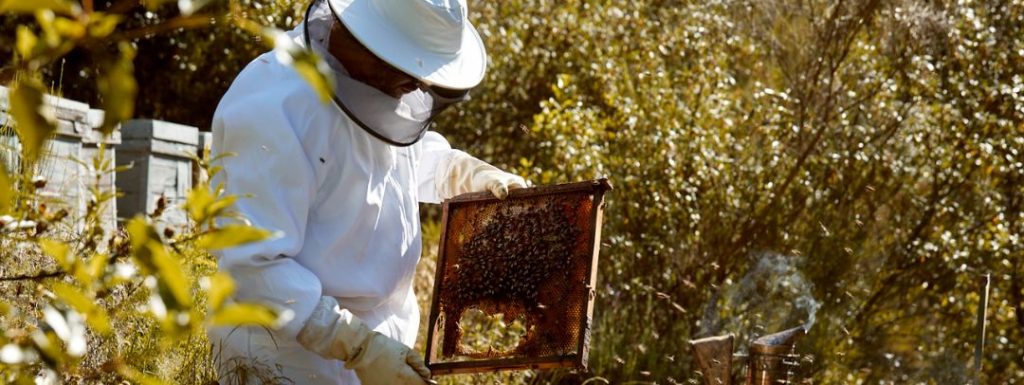
- Honeycomb Method:
This method consists of extracting the honeycomb, just as it has been built by the bees. Although it is very profitable, since the entire comb can be used, it requires skill and experience. Therefore, this method is usually discarded, opting instead for other “more common” forms of collection.
- Extracted honey method
The beekeeper gets the sealed honeycombs. It is important to choose those that are in optimal conditions for collection.
Once the honeycomb has been chosen, it is time to remove the bees. For this, they are often smoked so that they remain numb and are not dangerous.
The next step is to separate the wax from the panel or frame. These must be handled meticulously to avoid damaging the comb. The beekeeper can use, for this process, a tool that facilitates the action of removing the wax. You can use a knife or sharp instrument, which must be properly heated. An instrument known as an electric extractor is often used. Its function is that the squares rotate, separating the honey from the wax.
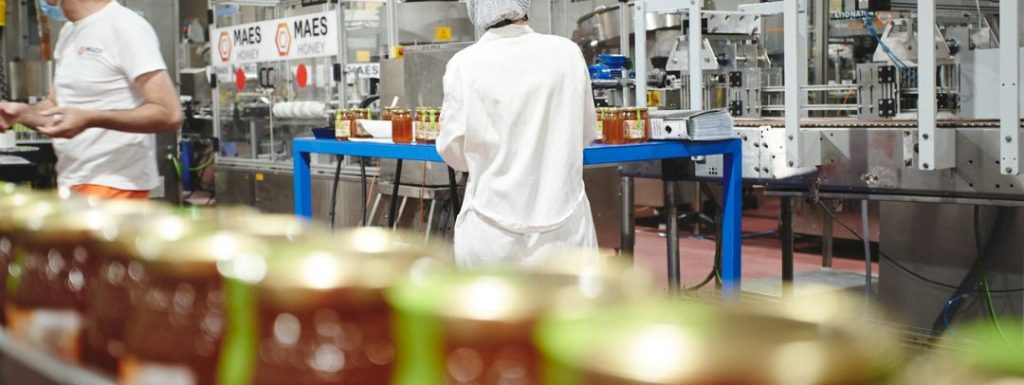
Filtering and packaging
Once it has been collected, the honey must remain at rest for 24 hours. This process, called settling, is intended to help impurities present in the product rise to the surface. Finally, they will be foamed.
The honey filtering and packaging processes begin.
The latter is especially important in Maes Honey, significantly increasing its production capacity in recent years.
Maes Honey is currently capable of producing up to 14,000 tons of honey per year, thanks to the optimization of the packaging and production processes.
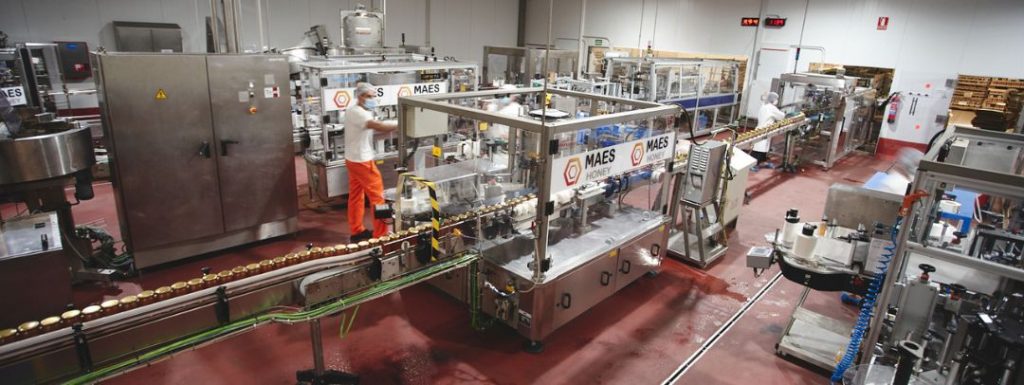
In its facilities, which have the most rigorous quality and food safety certifications, they have packaging lines for the different varieties of honey that they sell, also adapted to each target market group.
One of them, the one corresponding to flower honey, has a rotary filler that is capable of packaging up to 7,000 jars in one hour. They are also so thorough and advanced that they detect any anomaly, correcting it where appropriate.
Its glass products most valued by consumers are the 500 gr honey jars. and 1 kg. For this reason, optimization of the packaging and production procedure is key. Of all its production lines, this is the fastest.
In addition, Maes Honey has production lines for the rest of its containers, versatile and capable of adapting to the circumstances and appropriate requirements.
All this allows Maes Honey to carry out an efficient production and commercialization of its honey, ensuring a quality product, with all the guarantees that guarantee its good work, experience and track record.
You may also like:

